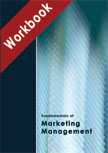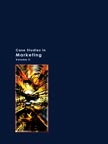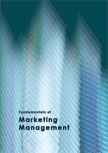LVMH - Building Star Brands |
ICMR HOME | Case Studies Collection Please note: This case study was compiled from published sources, and is intended to be used as a basis for class discussion. It is not intended to illustrate either effective or ineffective handling of a management situation. Nor is it a primary information source. |
||
IntroductionLVMH Moët Hennessy Louis Vuitton (LVMH), the world's largest luxury goods company, owned famous luxury brands like Dom Perignon, Christian Dior, Donna Karen and Louis Vuitton. Chairman Bernard Arnault and his family owned 48% of LVMH. LVMH had more than 1,500 retail outlets, including 280-plus Vuitton stores, some 150 DFS Group duty-free shops, Le Bon Marché and hundreds of designer boutiques. Its Sephora self-serve cosmetics and fragrance chain had nearly 500 stores worldwide. Over the past five years LVMH had grown at a fast pace, moving into activities ranging from airport duty-free shops to cosmetics retailing and art auctions.
Though Sephora might become profitable in a year or two, being a mass-market retailer it was unlikely to generate the high margins typical of LVMH's leading businesses. Arnault dismissed speculation that he was about to divest some of these businesses. He believed DFS was central to LVMH's strategy of tightly controlled distribution of its products. LVMH - Building Star Brands - Next Page >>
1] Matlack, Carol. "Falling off the Lap of Luxury," Business Week, 3rd December 2001, Issue 3760,
pp.50-51. |
Case Studies Links:-
Case Studies,
Short Case Studies,
Simplified Case Studies.
Other Case Studies:-
Multimedia Case Studies,
Cases in Other Languages.
Business Reports Link:-
Business Reports.
Books:-
Textbooks, Work Books, Case Study Volumes.



